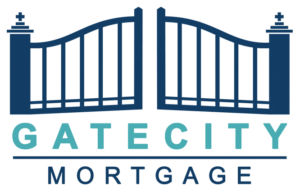Understanding Interest-Only Mortgages
An interest-only mortgage allows you to pay only the interest on the loan for a certain period, without repaying the principal. This can be beneficial for borrowers who need lower initial payments or have fluctuating incomes.
How Interest-Only Mortgages Work
Interest-only loans are available with fixed-rate or adjustable-rate mortgages (ARMs), as well as on option ARMs. During the interest-only period, typically lasting 5 to 10 years, your monthly payments will only cover the interest. After this period, the loan converts to a fully amortized mortgage, resulting in significantly higher monthly payments. The longer the interest-only period, the larger the increase in payments when the period ends.
Building Equity
One downside of interest-only mortgages is that you do not build equity in your home during the interest-only term. However, this structure can allow you to purchase a more expensive home that might otherwise be out of reach.
Qualification and Refinancing
Since you are qualified based on the lower, interest-only payment, you may need to refinance before the interest-only term expires. This can be a strategic way to live in a more desirable home while potentially investing the principal portion of your payment elsewhere. Additionally, you can still enjoy the tax advantages and appreciation that come with homeownership.
Example Calculation
Consider a $250,000 loan at a 6% interest rate:
- 30-Year Fixed-Rate Mortgage: Monthly payment is $1,499.
- 30-Year Mortgage with 5-Year Interest-Only Period: Monthly payment is $1,250 for the first 5 years, saving $249 per month. After 5 years, the payment increases to $1,611, which is $361 more per month than the initial payment.
Short-Term Savings vs. Long-Term Costs
Interest-only mortgages can save you money in the short term but may cost more over the 30-year term. However, many borrowers refinance or repay their mortgages before the end of the full term, mitigating some long-term costs.
Benefits for Borrowers with Fluctuating Incomes
Borrowers with irregular incomes, such as freelancers or commission-based employees, can benefit from interest-only mortgages. These loans often allow borrowers to pay more than just the interest, enabling them to make larger principal payments during times of higher income and revert to interest-only payments during leaner periods.
Conclusion
Interest-only mortgages offer flexibility and lower initial payments, which can be advantageous for specific financial situations. However, they come with the risk of higher payments in the future and the lack of equity building during the interest-only period. It’s essential to carefully consider your financial situation and future income prospects before opting for an interest-only mortgage.
For more detailed information, you can explore resources like the Consumer Financial Protection Bureau (CFPB) or consult with a financial advisor to see if this mortgage option is right for you.

